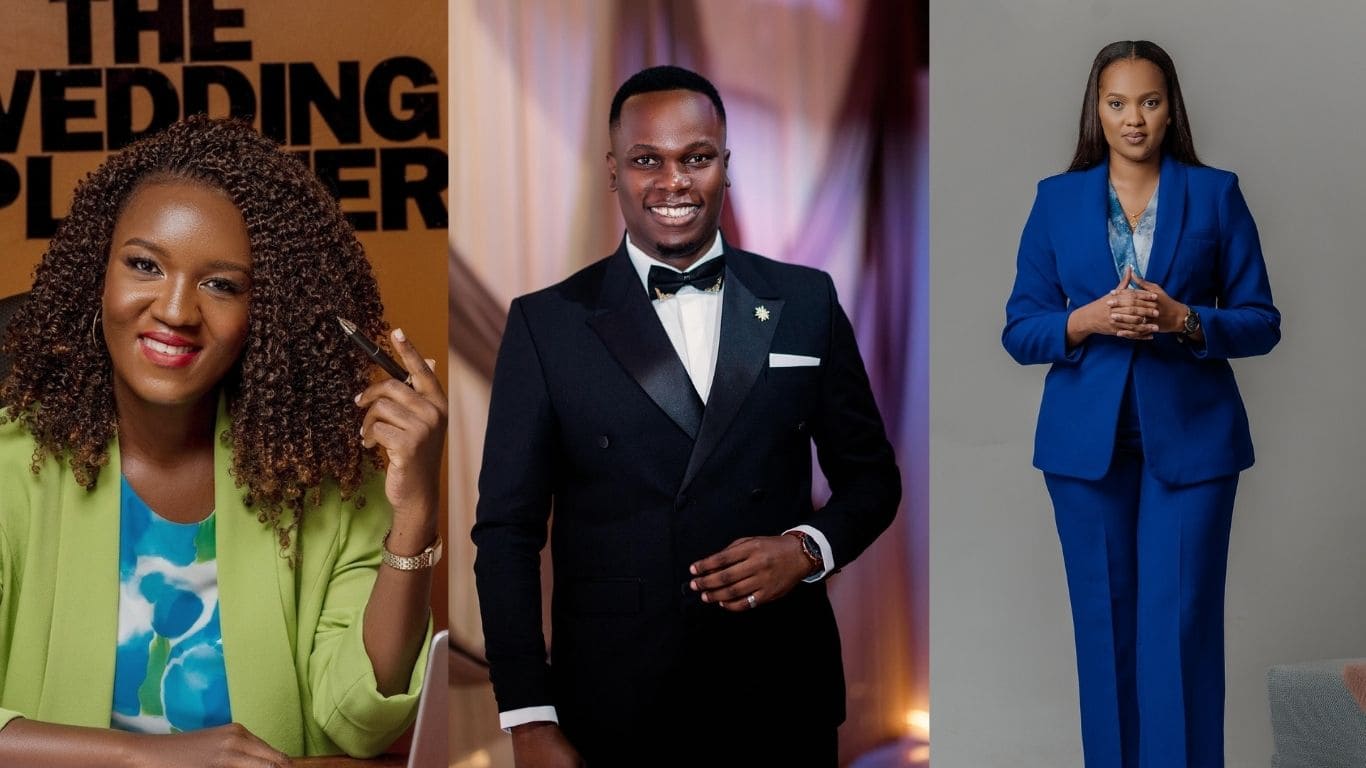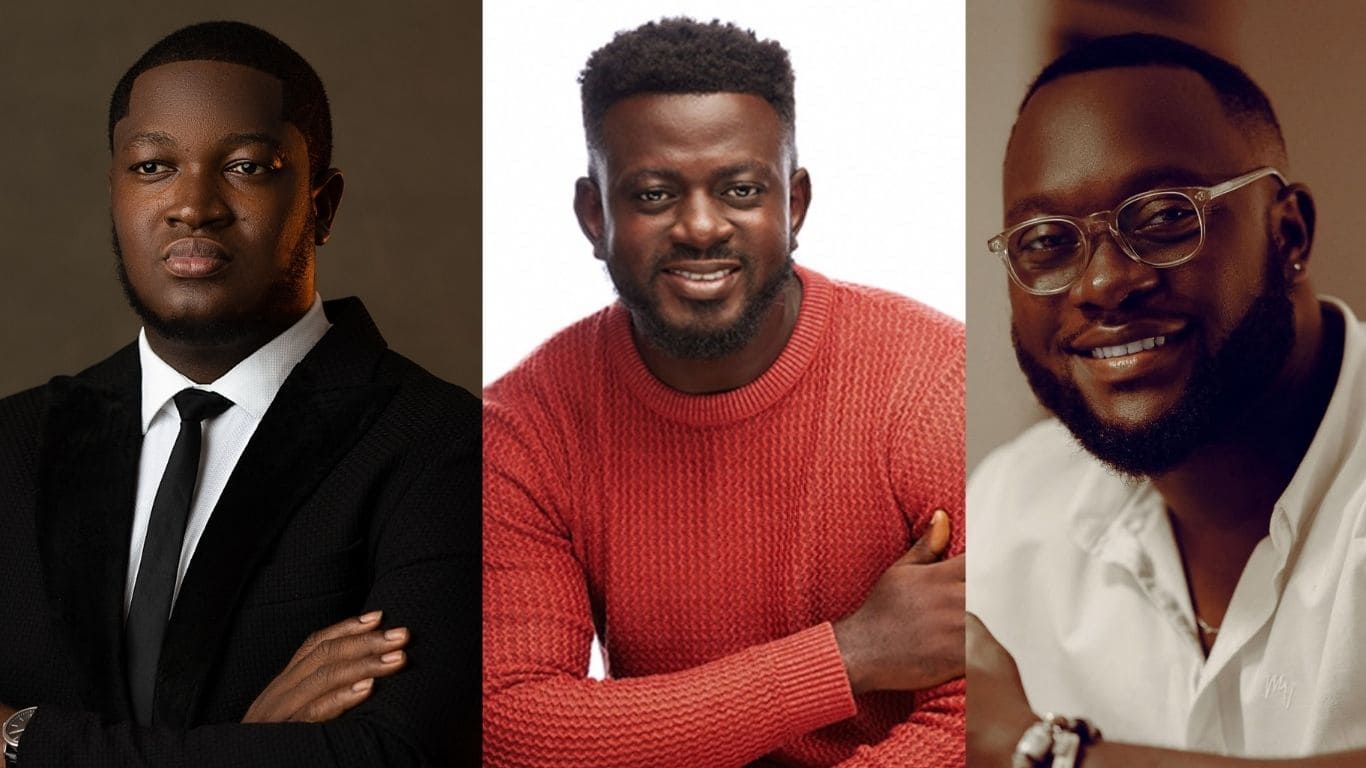Engagement, proposal, and promise rings are preludes to the marriage ring given during a wedding ceremony. Their differences explored.
The journey to marriage involves a lot of activities. Aside from the daunting processes involved in the planning of the wedding ceremony, the genesis of the love story itself entails a lot.
A lot of couples examine the strength of their relationships with romantic rings. Throughout the complex dance of love and commitment, rings frequently function as a material and symbolic representation of deep feelings. Among the variety of romantic mementos, promise, proposal, and engagement rings stand out as they each have unique connotations and purposes.
These symbols donned on fingers as a testament to love and dedication, contribute to the evolving narrative of relationships.
You can tell what kind of ring your partner is giving you based on how long you have been dating and how healthy your relationship is, but the meaning behind these rings has not been thoroughly examined. In this article, JanaTribe will dissect the subtle distinctions between these three kinds of rings and examine the meaningful contributions they make to the realm of commitment and love.
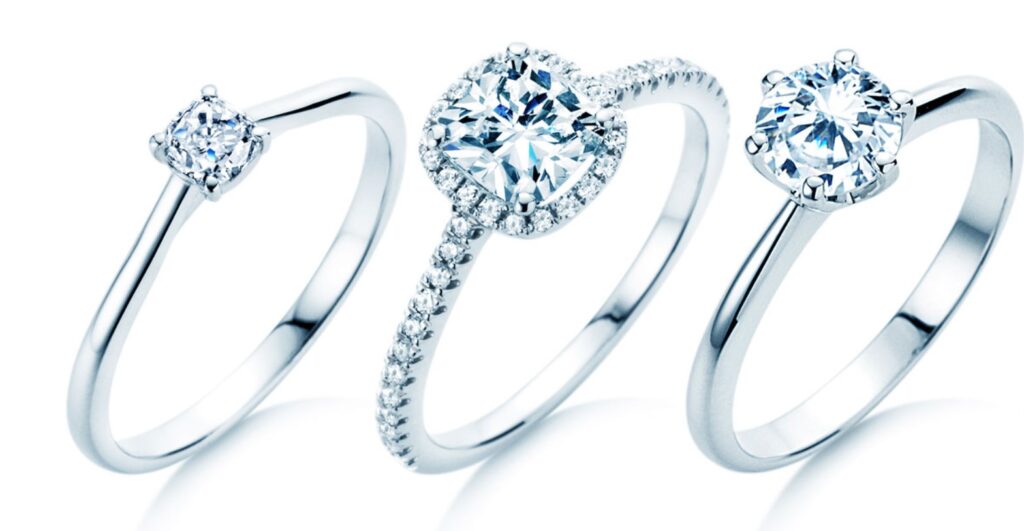
Concepts of Wedding rings and Engagement rings
The custom of exchanging wedding rings is an ancient tradition, whereas that of giving an engagement ring is relatively recent. The ancient Egyptians are credited with originating the tradition of exchanging wedding rings. It is said that the very first wedding rings are believed to have been crafted out of reeds taken from the banks of the Nile. As the tradition spread, it gained a strong footing and was steeped in Western culture as an indispensable symbol of a marriage union.
The difference between an engagement ring and a wedding ring is that an engagement ring is given at a proposal/engagement. A wedding ring is exchanged at the wedding ceremony and represents the official bond of marriage. Both rings are often worn together after the wedding as symbols of love and commitment.
A wedding ring is usually a simpler ring, such as a classic band. In most cases, wedding rings don’t feature large diamonds and gemstones. Engagement rings are those with large diamonds and gemstones. They are generally more elaborate and typically more expensive.
It is said that the custom of giving engagement rings began in 1477 when Archduke Maximilian of Austria gifted Mary of Burgundy with a diamond ring to symbolize that she was betrothed to him. While the engagement ring signified only a pledge and not a legal commitment, it was seen as an unbreakable pledge and as good as marriage.
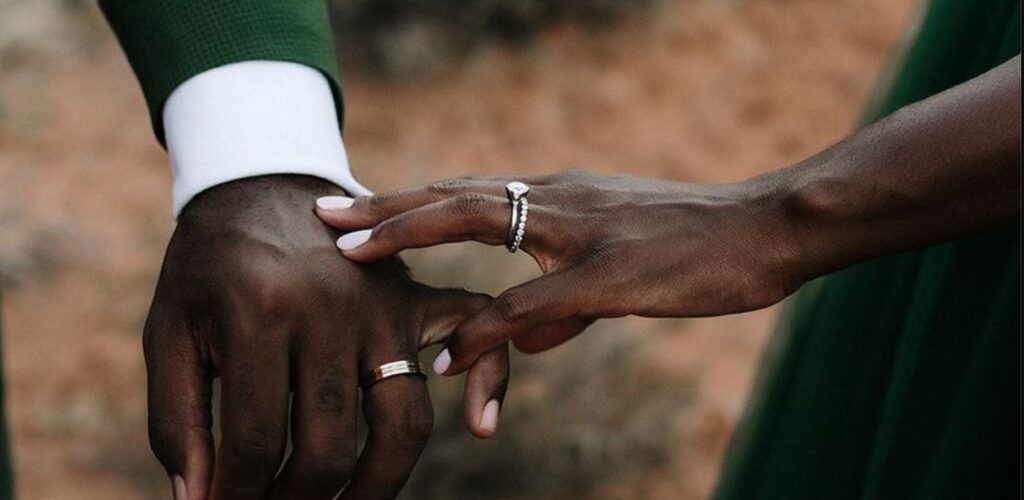
General view on Engagement rings, Proposal rings, and Promise rings
What are engagement rings? Engagement rings are symbolic items that partners exchange during a formal engagement ceremony to symbolize their commitment to marriage. Usually adorned with a valuable gemstone, such as a diamond, engagement rings are worn on the left ring finger and act as a public announcement of the wearer’s engagement. The exchange of engagement rings also usually signifies the official start of wedding planning, which includes designing the wedding ceremony, per Diamond Nexus.
What are proposal rings? Proposal rings, sometimes referred to as pre-engagement rings, are given during a romantic proposal and exchanged before the official commitment of engagement. They can be given as a prelude to the formal commitment of engagement and can be adorned with a variety of gemstones or designs. The exchange of proposal rings takes place in a more private and intimate setting, laying the groundwork for the impending engagement.
What are promise rings? Promise rings, on the other hand, are a symbol of commitment and devotion that partners exchange at any point in their relationship. They symbolize a promise to uphold love, loyalty, or a commitment to a shared future. Promise rings can be exchanged before or apart from proposal and engagement rings, with the emphasis being on the sentiment and the personal significance of the commitment rather than adhering to the formalities associated with engagements.

What comes first between engagement rings, proposal rings, and promise rings?
Among newlyweds, proposal and engagement rings are perhaps the most talked about, while the promise ring receives the least attention.
The proper order of exchange is the promise ring, followed by the proposal ring, and finally the engagement ring, according to an article by Proposal 007.
Promise rings, which signify an initial commitment, are usually exchanged first. A proposal ring, which is given during a romantic proposal and serves as a promise of future engagement, may then be given. The exchange of engagement rings, which takes place during a formal engagement ceremony, signifies the official commitment to marriage.
Although these rings have a set order, Diamond Factory advises couples to be free to personalize their declarations of commitment to fit their particular path based on personal preferences and relationship circumstances.
If you want countless proposal ideas, you can check out these carefully selected concepts to leave your partner surprised.
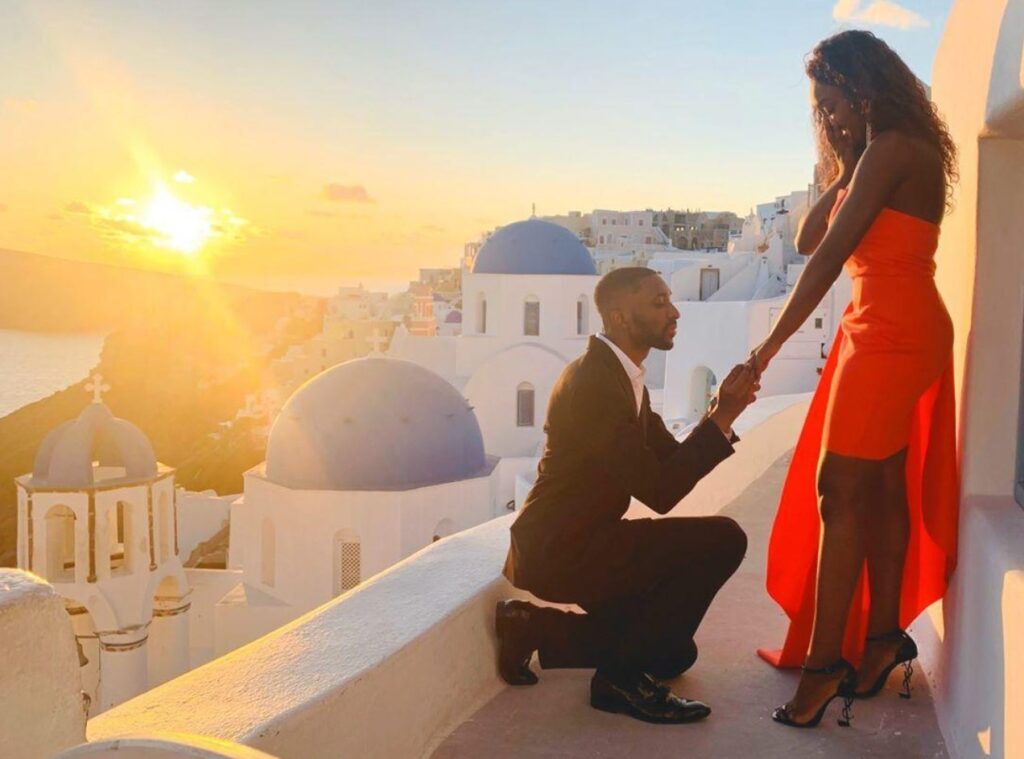
What are the differences between engagement rings, proposal rings, and promise rings?
1. Occasion and Timing:
- Engagement Rings: Typically exchanged during a formal engagement ceremony, engagement rings mark the intention to marry and are often presented when the decision to wed has been made.
- Proposal Rings: Given during a romantic proposal, proposal rings precede the formal engagement. They symbolize a promise and the anticipation of a future engagement.
- Promise Rings: Given at any stage of a relationship, promise rings signify commitment and devotion. They are exchanged to express a promise of loyalty, love, or a commitment to a future together.
2. Symbolism:
- Engagement Rings: These rings symbolize the formal commitment to marriage. They often feature a precious gemstone, typically a diamond, and are worn on the left ring finger as a public statement of the wearer’s engaged status.
- Proposal Rings: Proposal rings serve as an intimate symbol of a promise to marry in the future. They may have significant stones or designs but are distinct from engagement rings.
- Promise Rings: Symbolizing dedication and commitment, promise rings are a gesture of fidelity, often exchanged instead of a formal engagement. They represent a shared commitment and a promise of a future together.
3. Design and Gemstones:
- Engagement Rings: Traditionally featuring a diamond, engagement rings are designed to be eye-catching and ornate. The diamond often takes center stage, symbolizing enduring love and commitment.
- Proposal Rings: Proposal rings may feature various gemstones or designs. The emphasis is on personal significance and the promise made, rather than adhering to traditional engagement ring norms.
- Promise Rings: These rings come in various designs, and gemstones are chosen based on personal preferences or meaningful symbolism. The focus is on the sentiment behind the promise.
4. Intent and Formality:
- Engagement Rings: The exchange of engagement rings is a formal declaration of the intention to marry, often accompanied by a formal proposal and celebration.
- Proposal Rings: Given during a romantic proposal, proposal rings signify a promise and are a precursor to formal engagement. They are exchanged in a more personal and intimate setting.
- Promise Rings: Unlike proposal rings and engagement rings, a promise ring does not necessarily symbolize an intent to get married. Instead, the exchange of promise rings is a gesture of commitment, typically devoid of the formality associated with engagements. It’s a meaningful and heartfelt symbol shared between partners.
5. Public vs. Private Declarations:
- Engagement Rings: Worn publicly, engagement rings announce to the world that an individual is spoken for and committed to marriage. They are often flaunted as a symbol of love and commitment.
- Proposal Rings: Given and worn more privately, proposal rings symbolize a promise made within the intimate sphere of the couple, often preceding the public announcement of an engagement.
- Promise Rings: Worn as a personal commitment, promise rings may not be as publicly visible. They are a more discreet symbol of dedication shared between partners.
6. Timing of Exchange:
- Engagement Rings: Typically exchanged during or after a formal engagement ceremony, marking the official commitment to marriage.
- Proposal Rings: Given during a romantic proposal, which may or may not be followed by a formal engagement ceremony.
- Promise Rings: Exchanged at any stage of a relationship when partners wish to make a meaningful commitment, regardless of immediate plans for engagement.
7. Symbolism and Intent:
- Engagement Rings: Symbolize the formal commitment to marriage and are often presented as part of a marriage proposal. They carry the intention to signify the beginning of wedding preparations.
- Proposal Rings: Represent a promise to marry in the future. Given during a romantic proposal, they hold the intent of expressing commitment and anticipation for an eventual engagement.
- Promise Rings: Symbolize commitment and devotion at any stage of a relationship. They convey a promise of loyalty, love, and shared aspirations, emphasizing the present commitment without the immediate intention of engagement. Simply, you being given a promise ring doesn’t mean you’re getting married.
8. Design and Personalization:
- Engagement Rings: Often designed to be ornate and eye-catching, featuring precious gemstones and intricate settings. The design may hold personal significance, reflecting the wearer’s style and preferences.
- Proposal Rings: Offer flexibility in design and gemstone choice, allowing for more personalization. The focus is on the promise made during the romantic proposal, and the design may vary widely.
- Promise Rings: Come in various designs, allowing for personalization based on the preferences of the giver and receiver. The emphasis is on sentimental value and shared commitment.
9. Formal Announcement:
- Engagement Rings: Typically exchanged as part of a formal engagement ceremony, with announcements made to friends and family. The engagement is often followed by celebratory events.
- Proposal Rings: Given in a more private setting during a romantic proposal, the announcement may occur between the couple first. Public announcements may follow once a formal engagement is planned.
- Promise Rings: The exchange of promise rings may not necessarily involve a formal announcement, allowing couples to share this intimate commitment more privately.
10. Cultural and Regional Variations:
- Engagement Rings: The tradition of giving engagement rings is prevalent in many cultures globally. However, the customs associated with engagement ceremonies may vary based on cultural and regional practices.
- Proposal Rings: While not universally practiced, the exchange of proposal rings is embraced by couples seeking a more personalized and intimate way to express commitment before formal engagement.
- Promise Rings: The exchange of promise rings transcends cultural boundaries and is often influenced by personal preferences and the desire for a meaningful commitment, making it a universal expression of devotion.
Conclusion
The main differences between promise, proposal, and engagement rings are essentially the kind of commitment, timing, and symbolism they represent. Every ring has a different meaning and adds to the story of love and devotion in the dynamic process of relationships.


